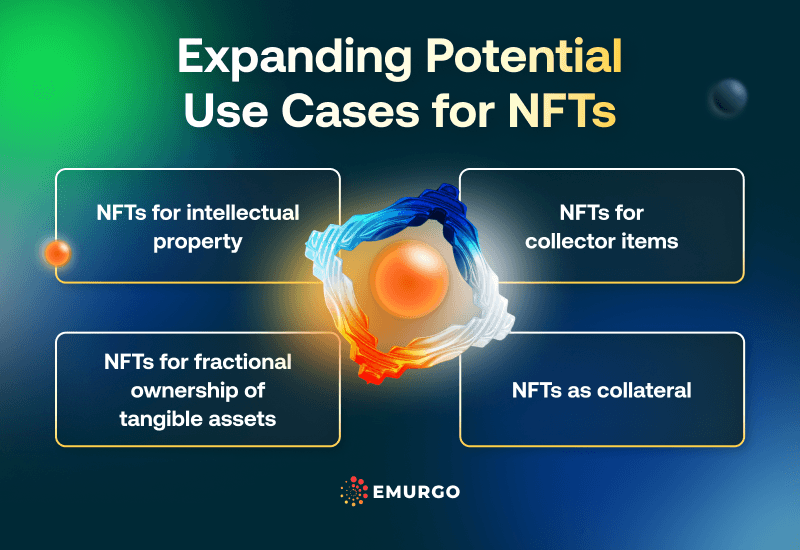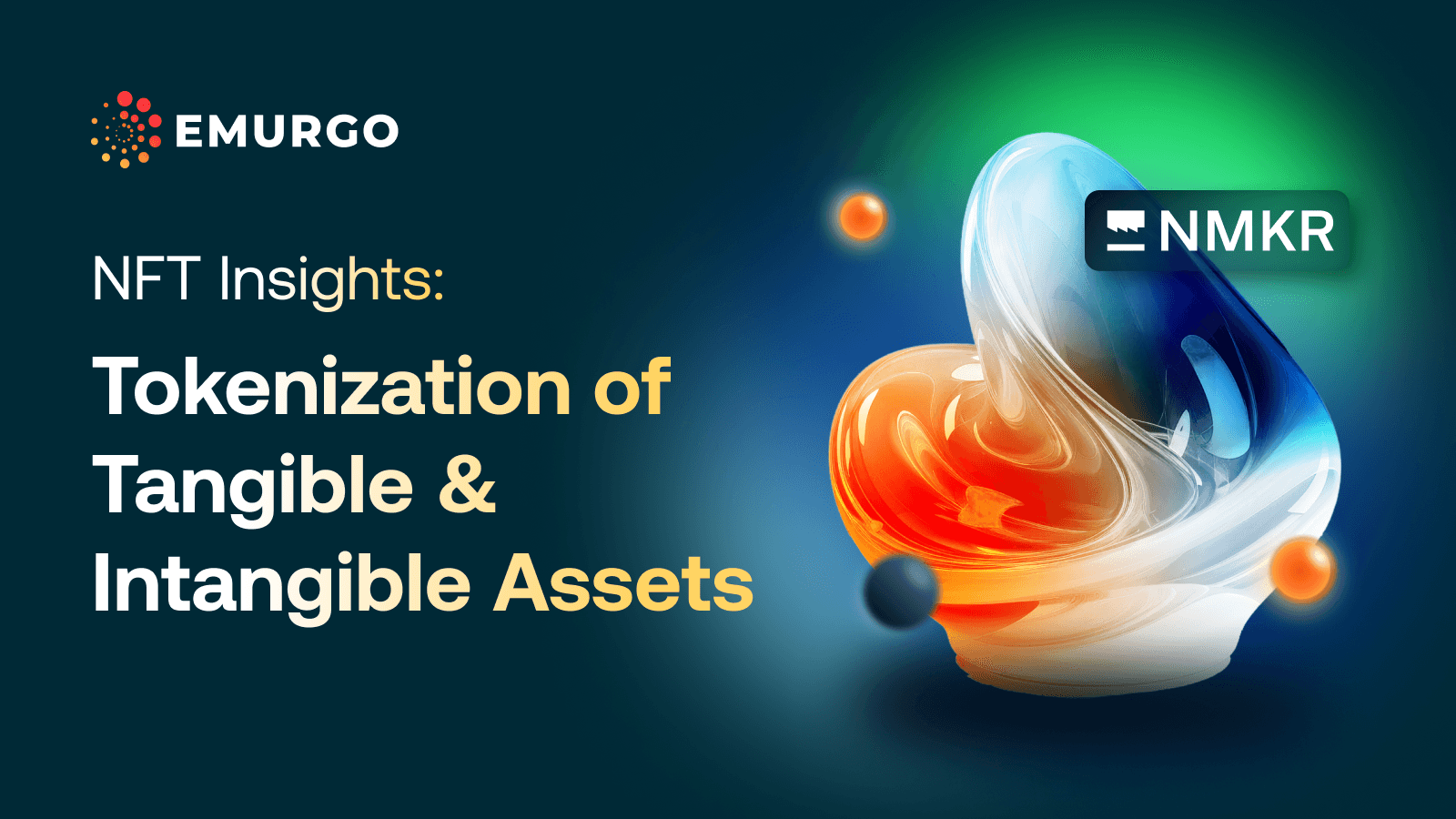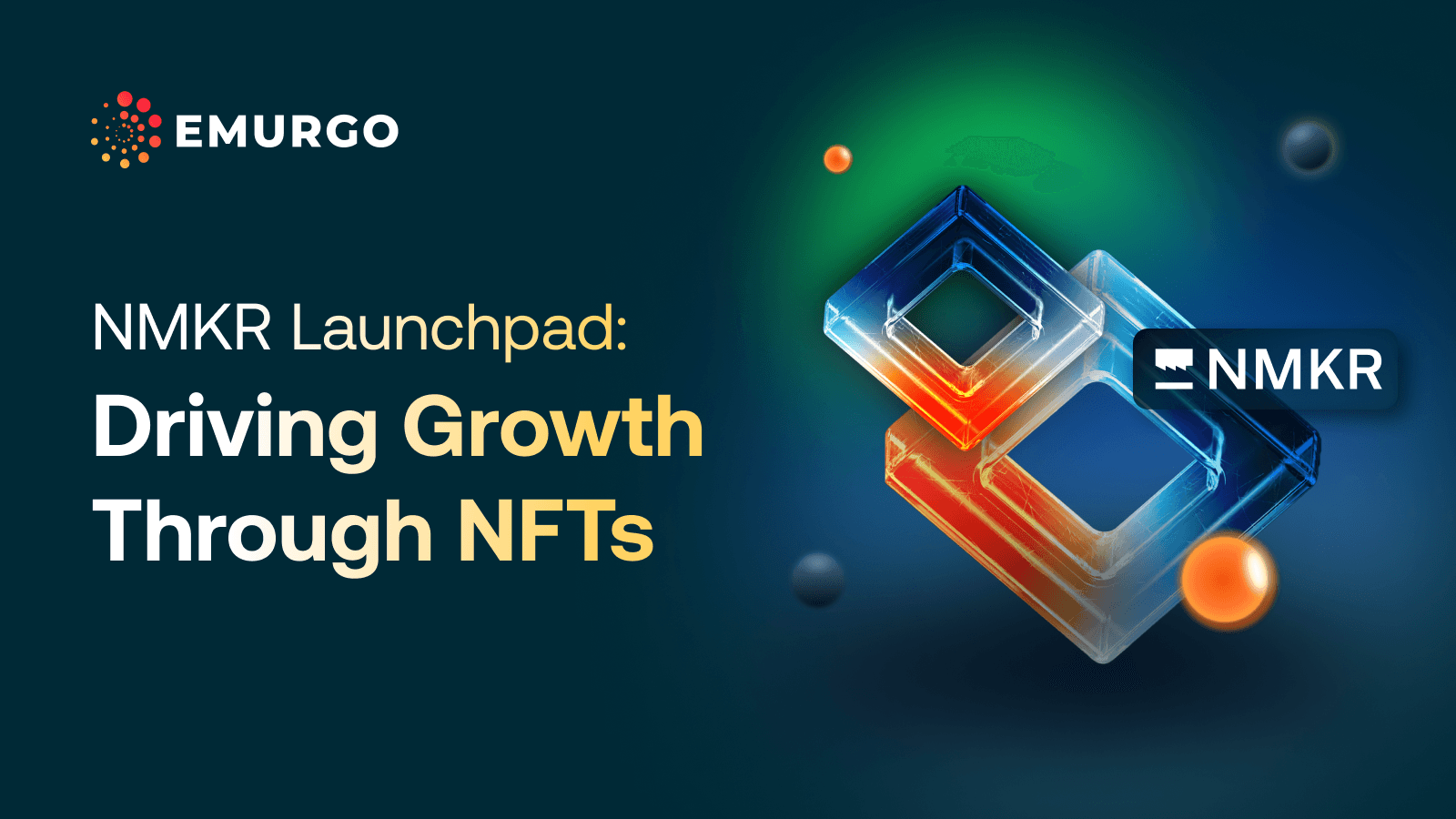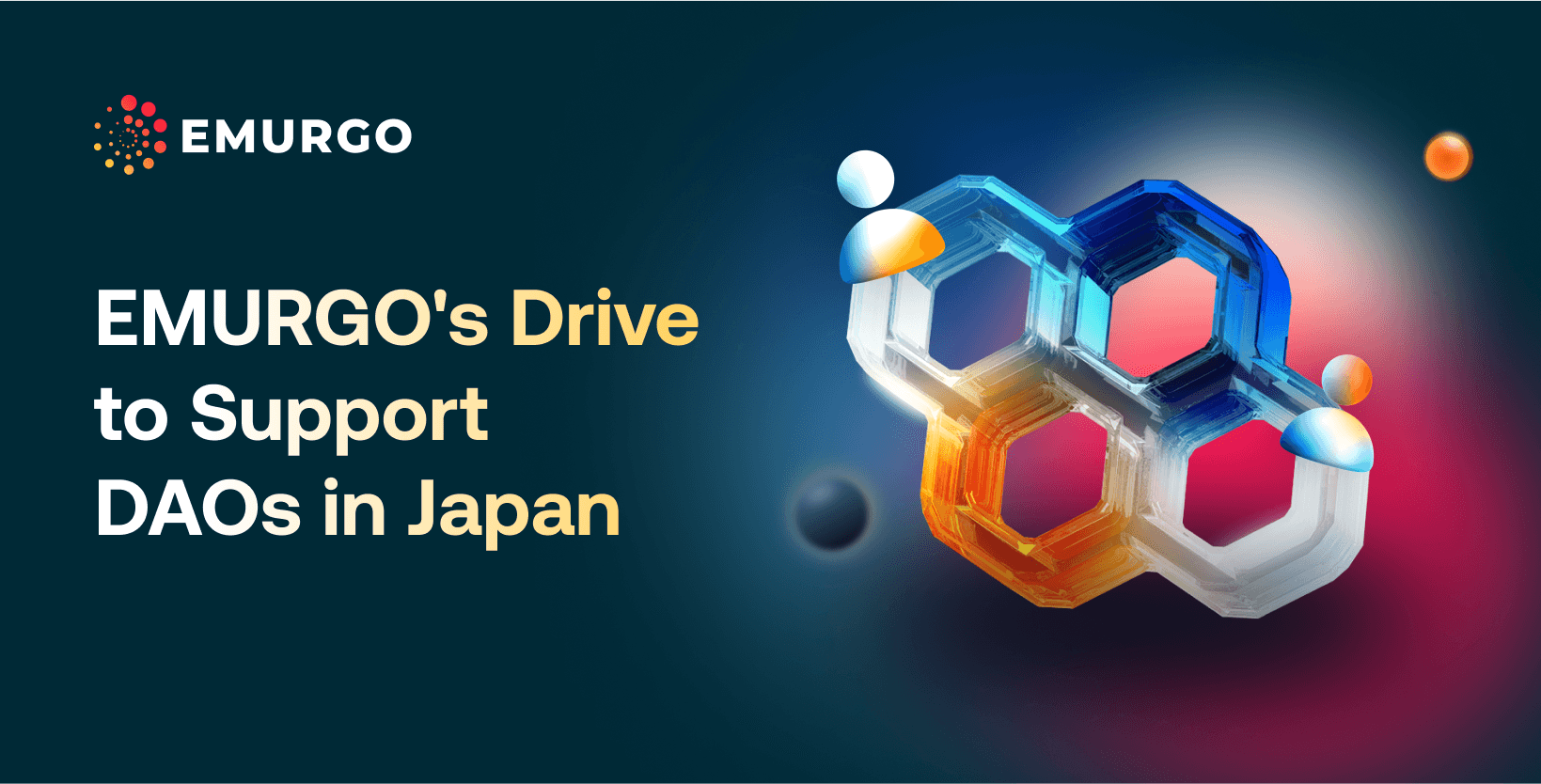This weekly blog series provides insights into various NFT use cases including real-world asset (RWA) tokenization and other related educational content.
NFTs or non-fungible tokens, are starting to expand beyond their initial use cases for art and media distribution and into new exciting use cases.
As discussed in previous blogs, one of the biggest potential use cases for NFTs and their underlying blockchain technology is asset tokenization which includes many different kinds of asset types.
Largely, these asset types such as stocks, bonds, real estate, commodities, and more are broken down into tangible (physical and measurable assets that can depreciate in value) or intangible (non-physical assets).
With blockchain technologies fast evolving and new applications emerging by being built on top of these technologies, NFT applications are also naturally evolving right alongside to have broader appeal.
As this new growth phase in the blockchain industry continues, new use cases for NFTs are beginning to emerge and show adoption potential.
Let’s discuss some of these these below.
According to the World Intellectual Property Organization, intellectual property (IP) is defined as “creations of the mind, such as inventions; literary and artistic works; designs; and symbols, names and images used in commerce.”
IP is internationally protected by the laws in most countries through patents, copyrights, and trademarks, enabling creators and innovators to earn recognition and rewards for their work.
One of the potential drawbacks of the current system of managing IPs is that some databases are kept domestically without any cross-border coordination.
These databases sometimes lack connections with ones beyond their borders, creating uncertainty, especially for Internet-based companies.
Sometimes this is referred to as patent thickets, the result of overlapping intellectual property rights that occur in fragmented markets. The legal challenges for two entities claiming the same patent can be lengthy and result in delays when deploying technology as innovators file their claims.
It is becoming more common to read headlines about IP being at the center of conflicting claims between parties. In the digital realm, for example, content creators have conflicts with each other and also with content hosting platforms about IP.
NFTs have the potential to solve these problems by creating IP claims and having a blockchain transparently record them. NFTs also have the potential to record essential information within the token itself in its metadata which can reduce conflicts over the origin of the IP.
These records would be immutable and hard to censor as they are verified and kept on a decentralized blockchain, accessible to all parties.
Related reading:
- What is token metadata?
- Assets explained: What are the different kinds of assets that can be tokenized?
- What will asset tokenization look like in the future?
Thus, a decentralized blockchain ledger could be used as the record of truth to see which party owns what.
These NFTs could also be used to automate payments for IP holders. For instance, a song used in a video could be purchased for use directly by a content creator from a secondary music marketplace managed using smart contracts.
Another use of NFTs is to tie them to a physical, tangible object in continuous demand. The aim is to preserve the unique properties of the object in the metadata of the asset for when it goes to the secondary market.
This is especially useful for collector items with a robust resale market and tends to exchange hands frequently before use.
Premium spirits are one such example, where many buy a bottle of a certain type to resell it later. Validating such an object is difficult, leading to many counterfeits for these items.
Some premium spirit companies host an NFT promotion where each bottle contains a QR code tied to the NFT. These, in turn, provide proof of ownership for each bottle.
Other collector items including sports cards, shoes, and more lend themselves as potential NFT use cases where brands can tap into a new young consumer demographic interested in and willing to utilize emerging technologies.
Through NFTs and digital asset wallets, brands and creators can start to develop new business models, unlock more creativity, and enhance the liquidity and transparency of their assets.

Many tangible assets in the world have a lot of value but lack liquidity.
This is because transferring ownership of these assets is overly complicated, creating a small market for them. This can result in cases where a tangible asset can have a valuation of millions of dollars, but relatively few ways for the asset owner to sell it for that amount.
NFTs are now potentially able to create markets for these assets with relatively low liquidity. This is done by creating fractional ownership, which takes an asset that is difficult to divide, creates an NFT of it, and locks it up in a smart contract. The contract can create fractions of the NFT which can be sold and traded.
An example is the fractionalized Volkswagen, which is a smaller piece of a Volkswagen car portrait that is an NFT itself.
Another example of NFT fractionalization is in real estate.
Many properties around the world have locked liquidity. This means that even though there is value to be tapped in them, it is very difficult due to the total price of the location. Only a few people can purchase a major ticket item due to reasons such as financing, location of the asset, liquidity, etc.
Here, NFT fractionalization is a potential solution to enable more liquidity by bringing in more potential buyers for a tokenized asset.
Another potential use case that opens up with NFTs and asset tokenization is usage as collateral.
In many cases, an asset owner wants to access the liquidity of an asset, but not relinquish control over that item. They may need funds for a temporary trade, purchase other things, or as part of an arbitrage strategy.
Tokenized versions of these assets could in theory have access to a whole DeFi (decentralized finance) market via NFTs and collateralized loans. In this version, an asset owner could request a loan and lock the NFT of the asset as a guarantee. Once the loan is repaid, the NFT is given back to the owner without any intermediary slowing the process down.
Much more clarity, frameworks, and products and services would have to be adopted for this to gain more traction.
For example, physical diamonds have been successfully tokenized as NFTs, demonstrated by Tiamonds and its partnership with NFT service NMKR. These NFTs are backed by real diamonds and can be redeemed for the physical item at any time. They have intrinsic value and could potentially be used as secure collateral in the future if clarity is given.
NMKR enables businesses and individuals to tokenize assets in the form of Cardano blockchain NFTs.
To date, NMKR has already demonstrated a real use case for asset tokenization through its partnership with Tiamonds to tokenize and sell NFTs of physical diamonds issued and sold in a 1:1 ratio with each actual diamond.
Read more: A case study into the tokenization of diamonds through NMKR
NMKR has also tokenized e-books with Book.io to create true digital book ownership. When people buy an eBook or Audiobook, they do not technically own it. Readers are only allowed to read or view without the ability to resell them on secondary marketplaces. The tokenization of such books using NMKR’s tokenization technology now empowers ebook readers to own and transact their e-books.
EMURGO is a global blockchain technology company that provides a variety of Web3 products & services including technical infrastructure development, blockchain education, investment, and media.
Follow EMURGO on X and LinkedIn for more content and updates on use cases for blockchain including NFTs and asset tokenization.
About EMURGO
- Official Homepage: emurgo.io
- X (Global): @EMURGO_io
- YouTube: EMURGO channel
- Facebook: @EMURGO.io
- Instagram: @EMURGO_io
- LinkedIn: @EMURGO_io
Disclaimer
You should not construe any such information or other material as legal, tax, investment, financial, or other advice. Nothing contained herein shall constitute a solicitation, recommendation, endorsement, or offer by EMURGO to invest.



